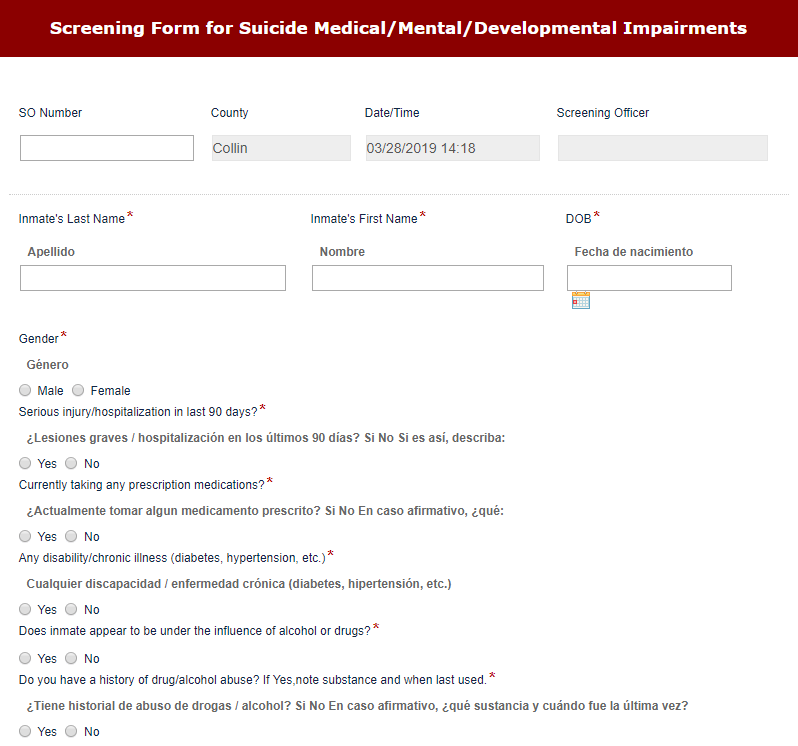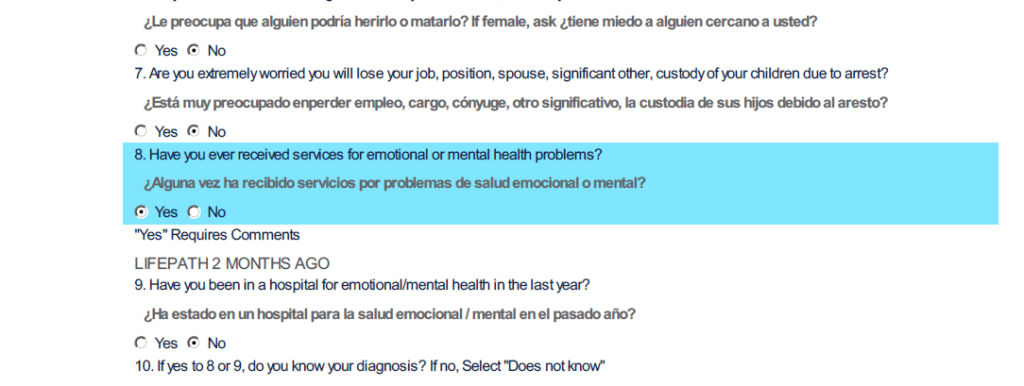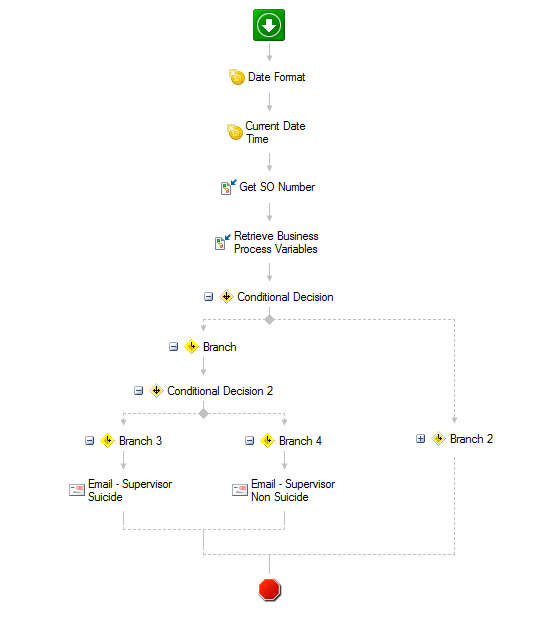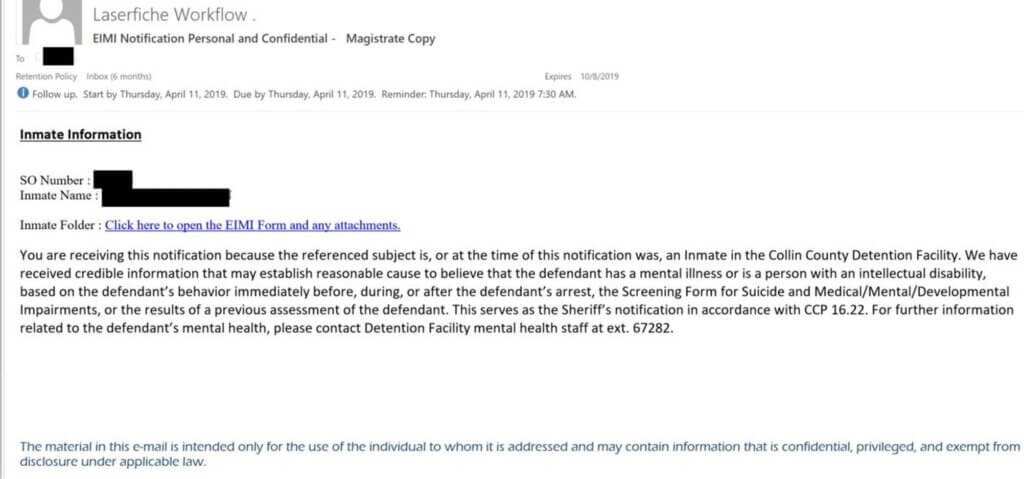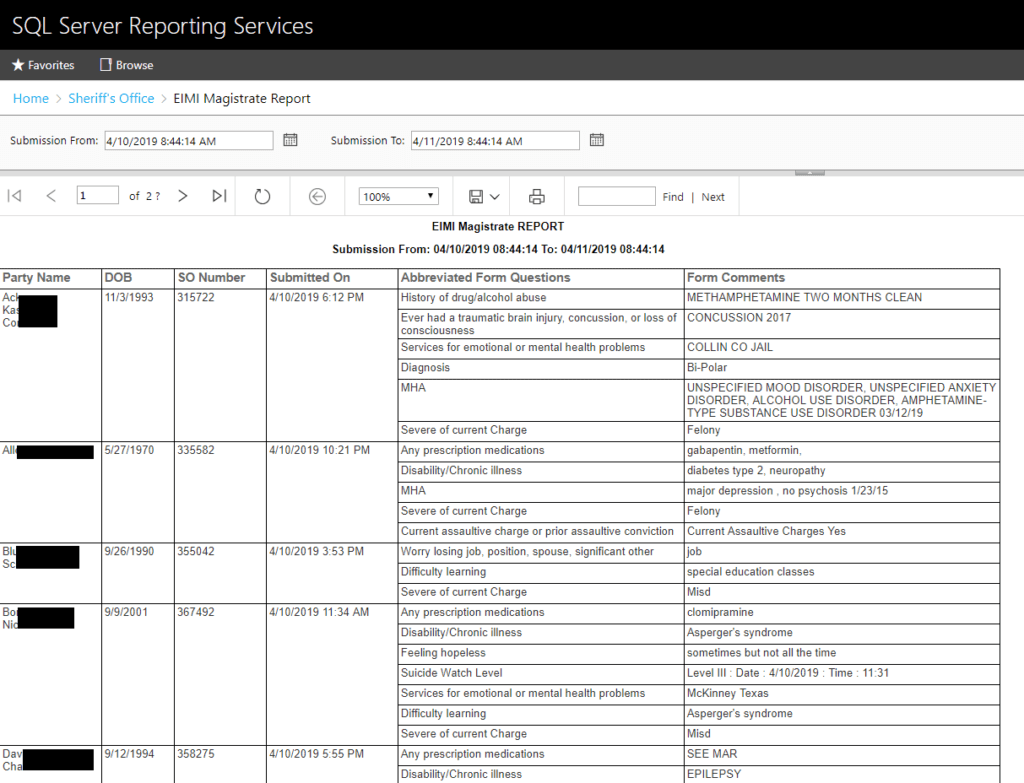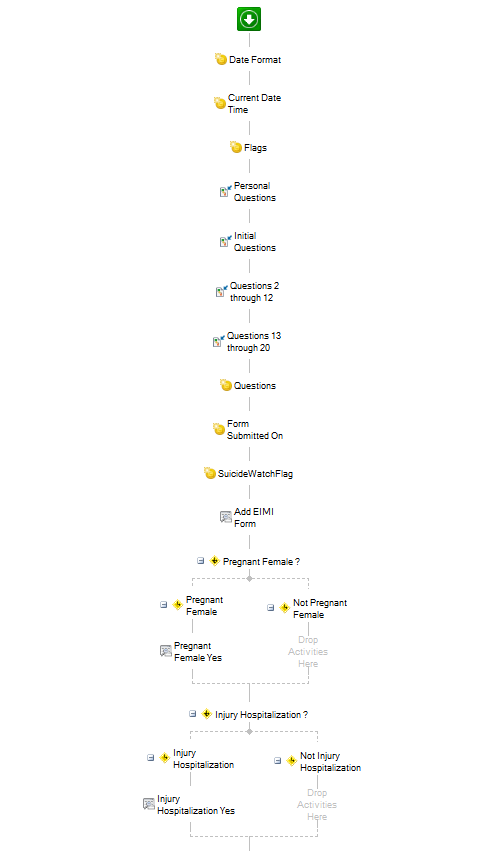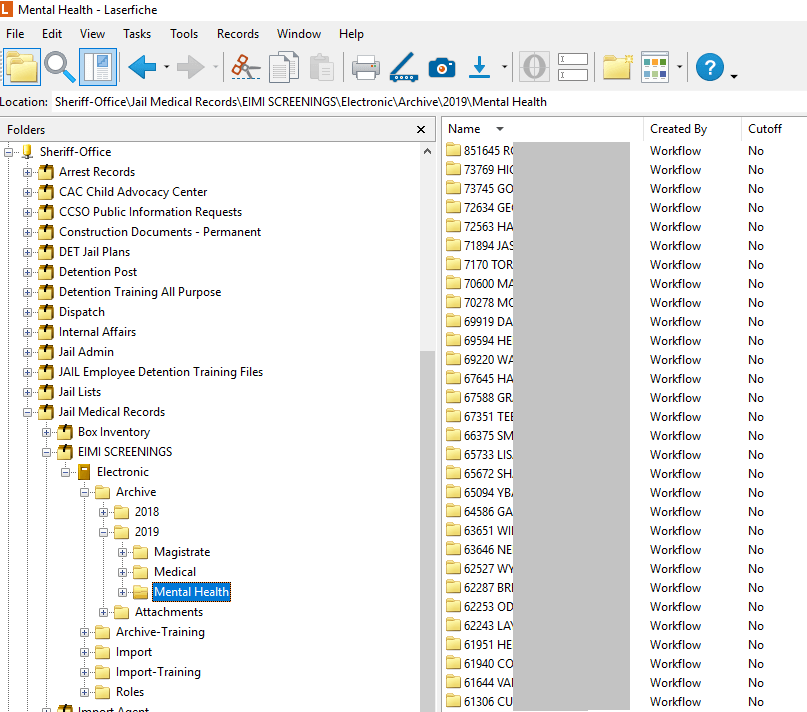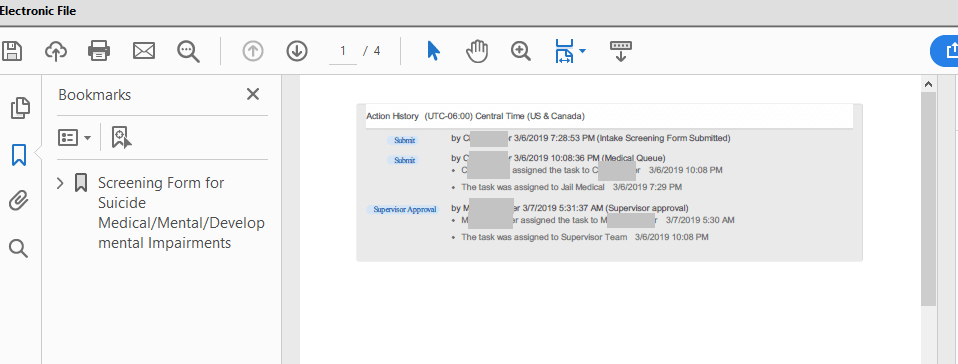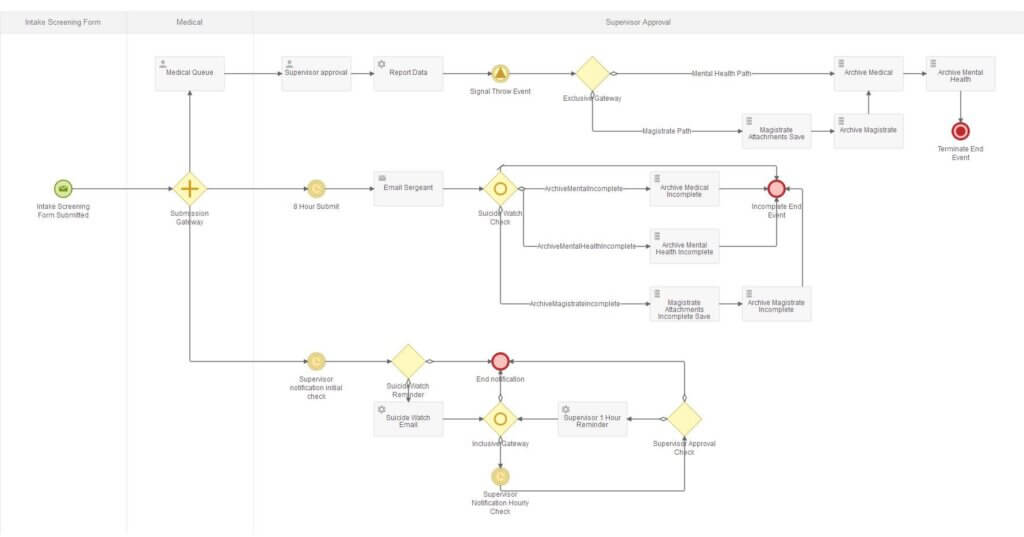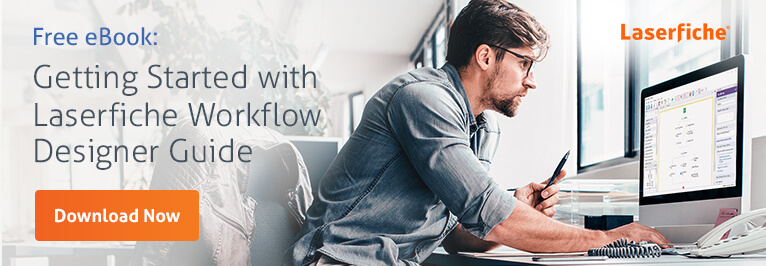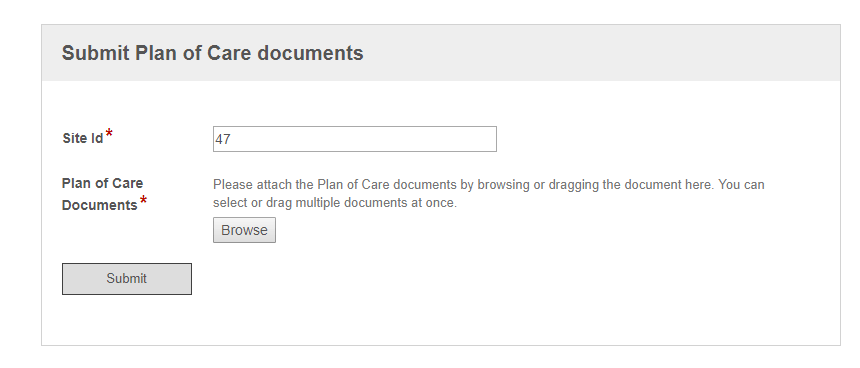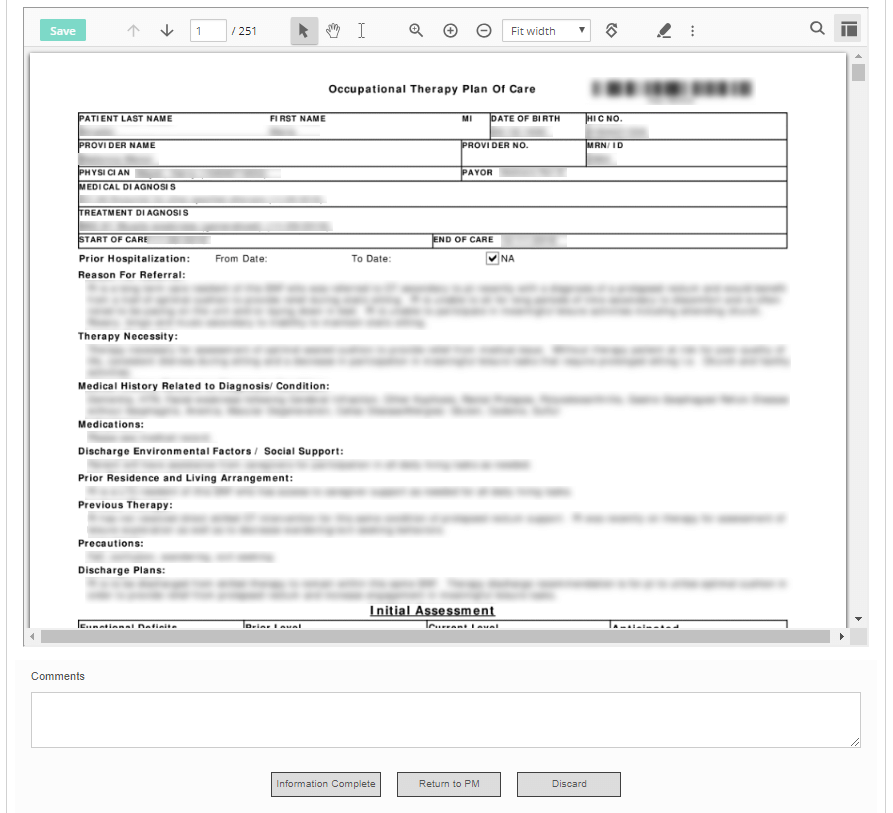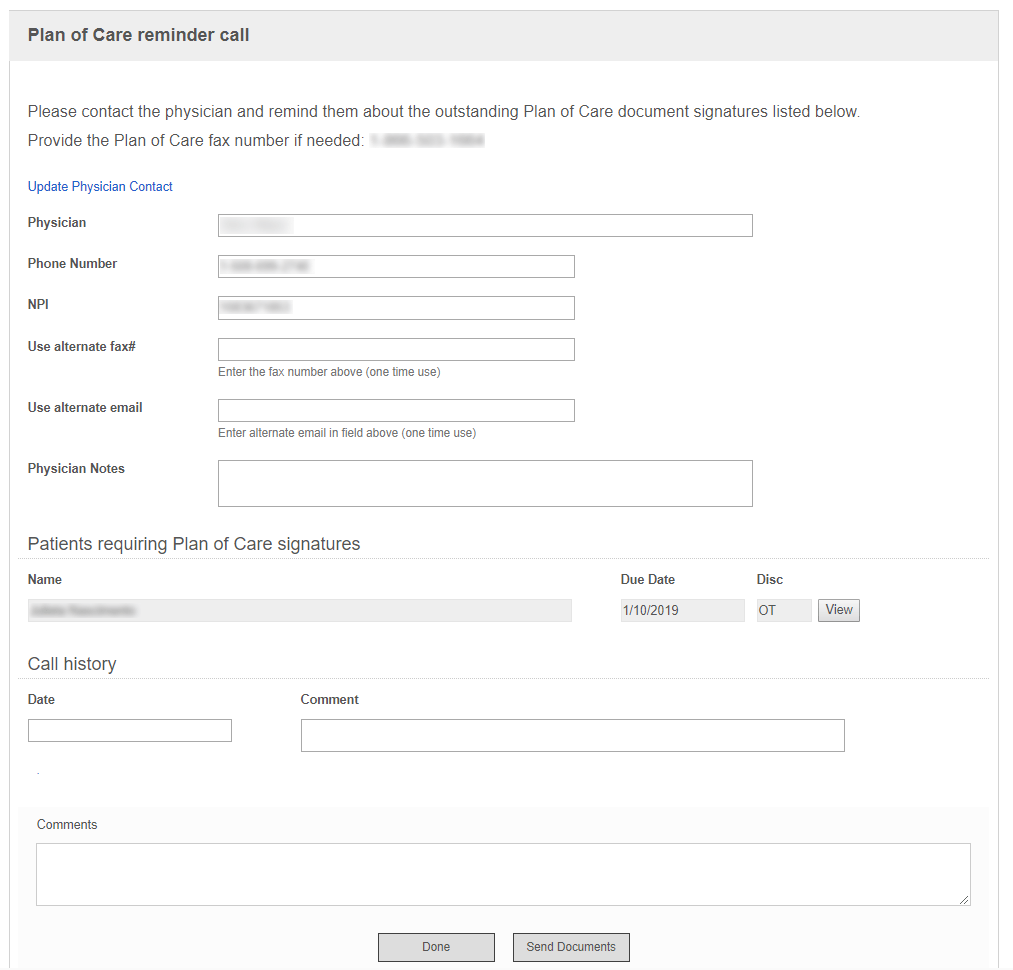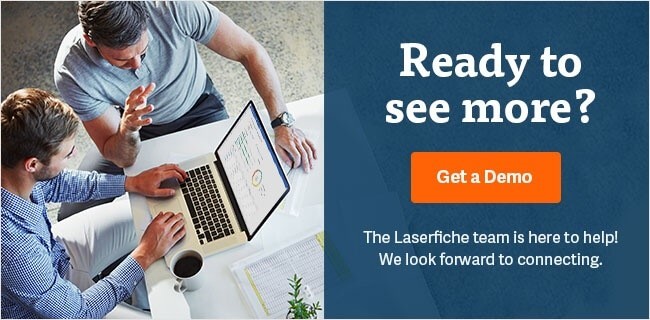New Caney Independent School District, located in the rapidly expanding Houston metropolitan area, serves more than 22,000 students across 23 campuses. With the area’s significant population growth, the district faced the challenge of scaling student services and operational processes to keep pace with soaring enrollment and hiring demands.

To proactively address these needs, district leadership embarked on a strategic initiative to digitize records, realizing this vision through the robust capabilities of Laserfiche’s search, electronic forms, and workflow automation.
“Laserfiche is one system with endless capabilities,” said Tammy Yarbrough, records management officer at New Caney Independent School District. “The solution’s user-friendly implementation enabled our small records team to create a searchable, secure database quickly — without investing significant time and resources into learning and training on the system. It has profoundly impacted the experience for students, parents, and staff alike.”
Creating More Efficient Employee Contracts
The district’s initial goal for using Laserfiche centered around updating HR contract processes. Using Laserfiche Forms, Yarbrough’s team digitized the creation, review and approval of employee contracts, as well as other HR documents including:
- Incident reporting
- Performance evaluations
- Salary placements
The initiative was a quick win that demonstrated the power of Laserfiche, and paved the way for broader adoption beyond HR. “The deputy superintendent was amazed at the system’s capabilities,” Yarbrough said. “At a meeting about a district issue, he looked at my boss and said, ‘I don’t know what you need to do, but you need to make this ‘Fiche-y.’ We then created a process to help analyze and review the data.”
Digitizing Student Folders Simplifies Compliance and Enhances Access
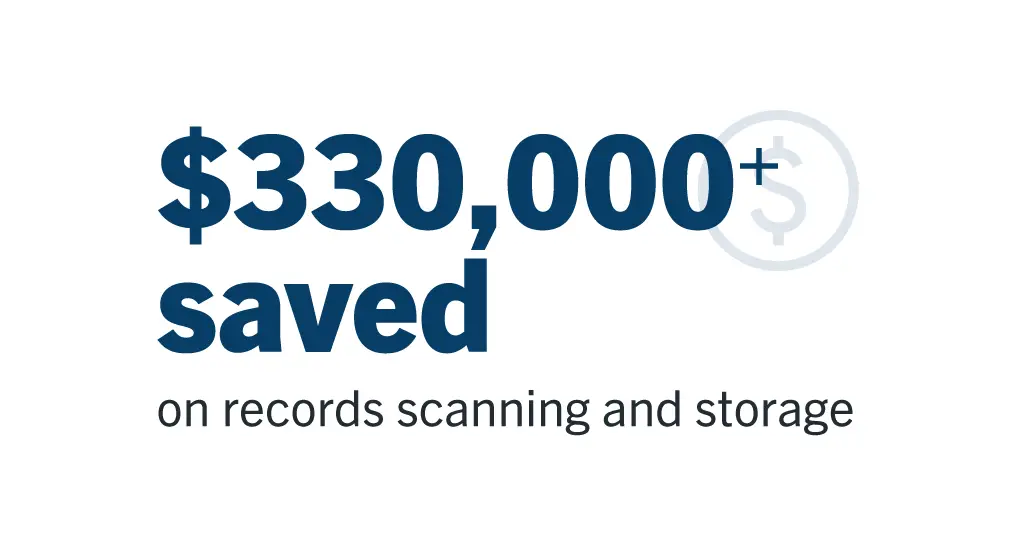
Before Laserfiche, the district lacked a uniform approach to file management. A heavy reliance on paper led to physical storage challenges. “Every campus had huge storage spaces, filing cabinets after filing cabinets,” Yarbrough explained. “We were able to get rid of all of them, selling them in auction. We converted those storage spaces into offices or conference rooms. Across our 22 campuses, that’s at least 45 rooms now available for office or storage space.”
The district digitized over 17,000 cumulative student folders and created electronic folders organized by campus, grade level and student document categories and types. For both new and archived records, Laserfiche automatically applies document security by document type and employee role, enabling the district to assign and track nuanced levels of record access. Additionally, records retention schedules help administrators manage the lifecycle of student files, including disposition, facilitating compliance with recordkeeping requirements.
Yarbrough’s team now uses Laserfiche Forms to build solutions for every student and staff need, with over 400 forms currently in use. Administrators, teachers and staff can quickly upload documents —including new report cards, health forms, attendance notes and athletics physicals — into the digital student folder. The result is a more accurate, holistic student file that can be accessed on-demand through a web portal. “With Laserfiche, we will never have lost files,” Yarbrough said.
The shift to digital has been transformative for daily operations. “For instance, if a student is absent, parents can now use a Laserfiche form to upload the necessary documentation, including medical notes,” Yarbrough explained. “It flows directly to the attendance clerk, is coded into the student’s attendance file, and is either approved or denied.”
Even students are direct users. “In high school, students can exempt exams if they meet certain criteria, Yarbrough noted. “Students go in and request an exemption from a class, and then the teachers can review and approve it. So our kids are very familiar with Laserfiche as well.”
Expediting Student Enrollment and Record Transfer
By digitizing student files and forms, the district drastically improved the student enrollment process for both parents and staff. Parents now complete enrollment forms online in the district’s student information system, Skyward, and Laserfiche Workflow automatically files them in the relevant folders in the repository. For returning students, a database lookup populates the students’ information from the previous school year — reducing the number of forms that students and parents have to complete and lessening the document management burden on administrators.
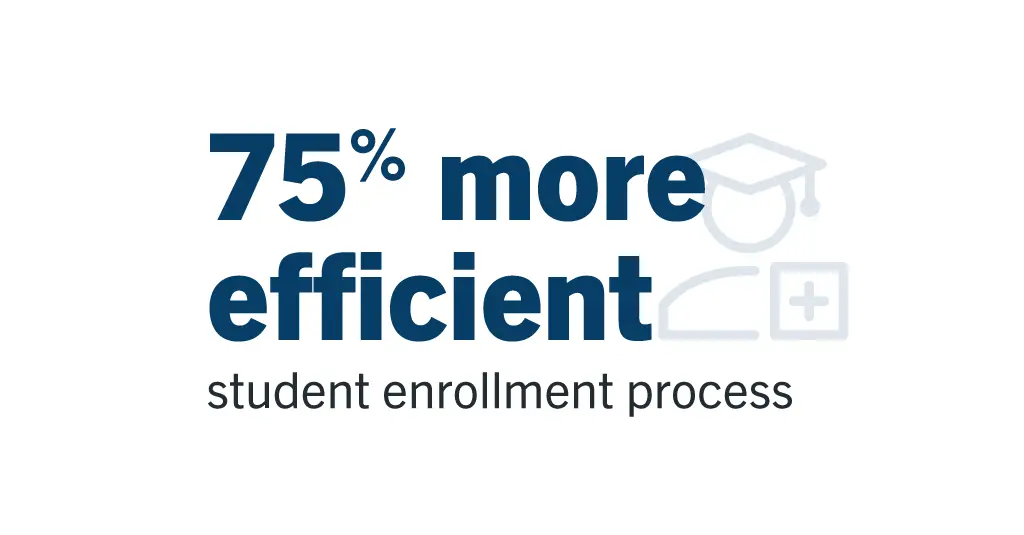
Total enrollment processing time has been reduced by 75%. Additionally, all enrollment forms are available district-wide within 24 hours of submission. Beyond these benefits, the district’s student data is more accurate since Laserfiche eliminated much of the manual data entry and folder creation.
Because all student records are digital, file transfers with other school districts are also expedited. “When a student withdraws, you have to submit a TREx (Texas Records Exchange) record for the other campus,” Yarbrough explained. “We have it set up so there’s a Laserfiche form for a TREx Export.
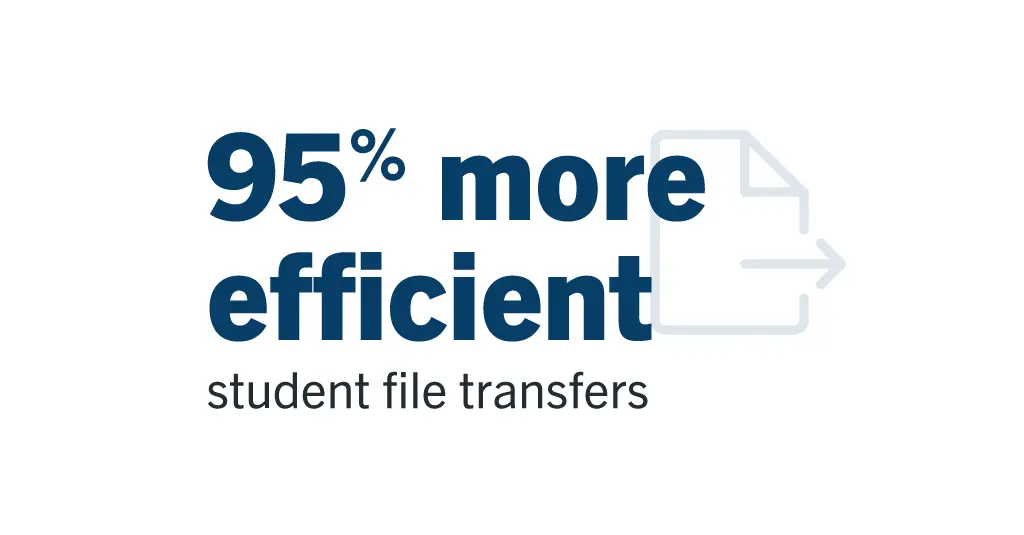
Everything filed in that student’s folder is tagged as ‘TREx.’ Before, you’d have a folder you had to copy and copy. Now, it combines all tagged documents into a PDF file, and we just upload it to the state.” This process allows thousands of pages to be transferred seamlessly in just a few minutes.
Enhancing Public Information Requests and Staff Operations
Laserfiche has also revolutionized the handling of public information requests. “Public information requests used to be awful to deal with,” said Yarbrough of the requests, which are wide-ranging, from campus fight statistics to employee salaries. “Now, we are not going and searching for these documents. It only takes a couple clicks and we’re able to deliver those records in a timely manner, which is crucial, because on public information requests, you only have 10 days. Turnaround is very quick. We’re able to pull all the records we need and send them to the requestor, usually the same day.”
For staff, Laserfiche extends beyond contracts. “Not all our employees had a district email, like our bus drivers and custodians,” Yarbrough said. “So their notifications are through Laserfiche — whether it’s contracts or supplemental pay agreements. If they’re working extra hours, they fill out a timesheet, and Laserfiche calculates that for them to get paid.” This has streamlined processes for all 2,700 employees.
The Role of Ricoh Document Scanners in Digital Transformation
A critical component of New Caney ISD’s digital strategy is the widespread deployment of Ricoh scanners, specifically models 8190 and 8170. “We have about 500 scanners right now, with about 25 scanners per campus and five to six per department,” Yarbrough explained.
This pervasive access to scanning technology has fundamentally changed document handling. “When we first started, we used a copy machine, then emailed. That’s way too many steps,” Yarbrough said. “Now, with the scanners, employees can scan a driver’s license, all the documents they need, and get rid of paper. No one even has printers at their desk anymore. We can scan immediately right when the person is there during new student registration or onboarding, and give documents right back to them. There’s no copying needed.”

While the district aims for paperless operations, some physical documents remain, such as handwritten testing packets for special education students or parent notes. “We’re always scanning,” Yarbrough said, citing examples like teacher certificates, discipline statements, and out-of-state queue folders. The integration with Laserfiche ensures these scanned documents are immediately filed and accessible.
Tangible Benefits and Future Projects
The success of New Caney ISD’s Laserfiche implementation, bolstered by their investment in Ricoh scanners, has yielded significant, quantifiable benefits:
- Massive Digitization: The district digitized over 370,000 HR records and more than 2 million student records and enrollment processes without requiring external IT expertise.
- Cost Savings: Over $330,000 saved by implementing Laserfiche instead of outsourcing records scanning and storage. Paper usage has dropped by 40%.
- Expedited Processes: Student enrollment processing time reduced from two hours to less than 30 minutes, with all enrollment forms available district-wide within 24 hours. Student file transfers to state agencies and other districts was reduced from 45 minutes to just two. And hiring new employees, which once took a month, can now be completed within a day.
- Enhanced Compliance: Laserfiche has helped the district comply with FERPA and HIPAA regulations, enabling granular control and tracking of records access. Records retention schedules ensure timely destruction of files, a critical compliance measure that was previously unmanaged.
- Improved Accessibility: Teachers and administrators can now access records from anywhere with an internet connection, eliminating the need to physically retrieve documents from a records warehouse.
- Increased Efficiency: The district has saved significant time and money, enabling staff to “work smarter, not harder.”
The initial success of Laserfiche has led to rapid adoption across all the district’s administrative units. “When others see what Laserfiche can do, they want more,” Yarbrough says. “We can provide administrators with immediate solutions to district issues, like employee onboarding, class coding, and enrollment, and implement solutions in a matter of days by using forms and document management. When they ask for something, we can drop everything and can fix it quickly with Laserfiche.”
Looking ahead, New Caney ISD is expanding Laserfiche to operations, digitizing architect files for buildings and renovations, including three buildings being renovated and four new ones under construction.
Yarbrough frequently shares her district’s success, often hosting other districts interested in digital transformation. “Your possibilities are endless,” she added. “You’ve got to think out of that box because Laserfiche can do it. There is no limit to what Laserfiche can do.”
